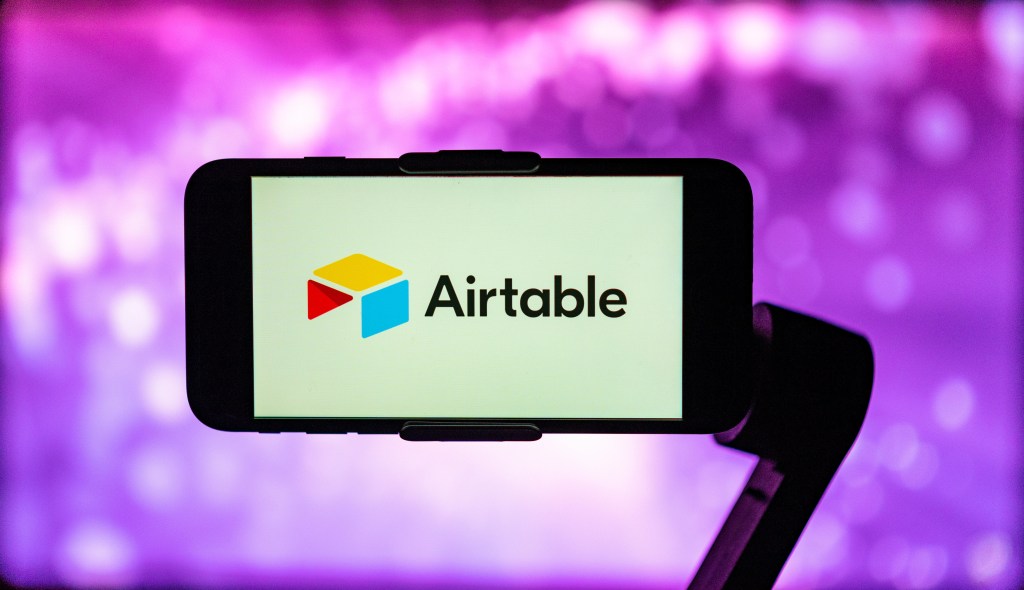The IPO market for tech companies in 2022 was the worst in many years. Here are the startup unicorns and dark horse plodders that investors are hoping can heat it back up.
Additional reporting by Kenrick Cai, Alex Knapp and Iain Martin
The year 2022 was largely a write-off for the tech industry when it came to IPOs, with few listings and even fewer successes. As eyes turn to 2023, investors and industry insiders aren’t expecting much more. But a few flagship companies like Stripe and SpaceX still have the capacity to change that narrative – alongside a surprise source of optimism.
A look-back at 2022 IPOs is hardly revelatory. Fewer than 80 companies went public in the U.S. for the year, down 88% from 2021, proceeds were down 95%, per data from Refinitiv, leading Axios to call it “the worst year for U.S. IPOs since 1990.”
Car rental marketplace Getaround tried to buck the trend in December, merging with a special purpose acquisition vehicle. Shares are down 90% in the past month, putting the combined company in penny stock territory. Another rare example, self-driving car company Mobileye, went public in October; it trades today up about 70% from its list price. Even so, it still trades far below where Intel, which spun out the business after acquiring it in 2017, reportedly hoped to list it.
By comparison, 2021 saw a wave of buzzy tech startups go public, including cryptocurrency exchange Coinbase, DevOps software maker GitLab, restaurant software maker Toast, data infrastructure company Confluent and dating app maker Bumble. All of those companies, like their public tech peers over the same period, now trade far below where they closed during their first days of trading.
“IPOs, we have kind-of written off for next year.”
“The goal in 2021 was to get liquid, get out there and pump up your stock and your story,” said Matt Cohen, a Wall Street public markets veteran turned venture capitalist at Toronto-based Ripple Ventures. “Now, I think we’re going to see a continued pause.”
One leader of a Bay Area-based venture firm, who asked to remain anonymous to speak freely about the market and specific companies, agreed. “IPOs, we have kind-of written off for next year,” they said. “Next year is about being heads down and trying to gain market share, and look at 2024 for exits.”
Still, some investors believe – or at least hope – that next fall, or the fourth quarter of 2023, may see tech IPOs start flowing again. With their help, Forbes reviewed the current unicorn landscape to tap who might be likely to buck the trend.
THE TRAILBLAZERS

Stripe cofounder John Collison
Levon Biss/The Forbes Collection
Stripe
The online payments company valued earlier this year at $95 billion is typically first off investors’ tongues as the type of “monster” that could go public anytime. Founded in 2010 by brothers Patrick and John Collison, Stripe has the billions in revenue and restless early employees and investors to make a public offering make sense. Like others in fintech, Stripe spent the second half of 2022 in contraction, laying off more than 1,000 employees after slashing its own internal valuation by 28%. After a pandemic boom in 2021, Stripe suffered from a slowdown in e-commerce this year. If it can show a bounce-back in numbers for several quarters, it’s the company many VCs are hoping will set the table.
“Good companies don’t have to go public,” noted Villi Itchev, managing director at Two Sigma Ventures. “But I don’t subscribe to the theme that IPO windows are closed. What does happen is the valuation expectations change, and the risk appetite changes.”
SpaceX
While its highest-valued peers in tech were trimming their valuations, Elon Musk’s SpaceX continued to march. A recent tender offer first reported by Bloomberg will price the company at $143 billion, up about 15% from its last valuation, according to a source with knowledge of the transaction. The offer, through which employees will be able to sell shares back to SpaceX’s investors, comes as the company recently passed one million subscribers to its satellite-based Starlink internet service, the company announced in December. Launched just two years ago, and with no marketing spend behind it, Starlink has more than quadrupled its user base in the last year.
Such growth would imply annualized revenue of more than $1 billion for SpaceX from its internet satellites moving forward, not counting its fully-booked rocket launch business. But with Musk having recently acquired Twitter and taken the social media service private, it is unclear whether SpaceX will be in any rush to fully open its books – and quarterly estimates – to public market investors.
Databricks
Cloud darling Databricks, valued in 2021 at $38 billion, lowered its internal valuation in October to $31 billion, according to The Information. But CEO Ali Ghodsi told Forbes in August that the company would continue to hire instead of laying people off after recently passing $1 billion in annualized revenue. “We’re not facing the pressures that come with being public,” Databricks’ cofounder said then. As the largest data infrastructure company still private, following a wave of past IPOs from the likes of Confluent and Snowflake, the Cloud 100 list fixture still carries the hopes of its area of the tech world — much like some of the buzzy, but still smaller, startup high-flyers in our next category.
THE HOTSHOTS
Airtable
Chime
Discord
Notion
The big question around high-flying tech companies in the roughly $10 billion to $20 billion valuation range: Can their revenue back it up? Investors note that tech company comparisons in the public market are lucky to trade at multiples of 12x or 15x their revenue in the current environment. For companies like collaboration software businesses Airtable and Notion, that could mean a haircut from valuations of last announced funding rounds ($11.7 billion for Airtable off annual recurring revenue of more than $100 million in 2021; $10 billion for Notion in 2021 off annualized revenue outsiders pegged more recently at about that milestone.)

The same could hold true for other Silicon Valley darlings that raised at aggressive valuations in 2020 and 2021 and now face pressure to trim costs and prioritize potentially slower, but more sustainable growth (a more difficult ask in areas such as fintech, where Chime operates, or consumer, where Discord plays). Otherwise, public market investors might have more appetite to buy shares of companies like GitLab, which has traded recently at about 11x its current sales, or Twilio, which faces more challenges but traded at just twice its sales.
“That gap will have to become more narrow,” said Cohen, the investor.
THE WOBBLERS
Bolt
Instacart
Klarna

Klarna CEO Sebastian Siemiatkowski in 2019, in buzzier times. (Photo by David M. Benett/Dave Benett/Getty Images for Klarna)
A whole cohort of billion-dollar startups who talked about public listing plans but now face major issues represent another – if relatively unlikely – group that might re-approach the IPO runway in 2023. In the current market, these companies have faced major write-downs of their valuations (Klarna’s dropped 85% in July to $6.7 billion) and have conducted layoffs to try to right their ships. How effectively they could do so, and what the market would make of them, remains to be seen. But a post-Stripe or SpaceX boom could perhaps encourage their leadership to give it another try.
THE DARK HORSES
Private Equity
Should the high-flyers hold off on 2023 IPO plans, eyeing the following year, one source of hope for some tech activity could come from a surprising source: private equity firms. Thoma Bravo, Vista Equity Partners, Warburg Pincus and others were busy in past years gobbling up private and public tech company plodders that, while they lacked the rocket ship growth of others in this list, demonstrated solid financials and potential to be turned into consistent profit makers.

Gainsight CEO Nick Mehta may yet have a chance to take his company public, even after its private equity sale.
Timothy Archibald/The Forbes Collection
Companies like Apttus, Imperva, Gainsight, Pipedrive and Pluralsight were all taken off the board in 2021 or the preceding several years. Should their cleanup jobs have made meaningful progress, their owners may look to spin them out later in 2023, similar to Mobileye or Qualtrics, a software business SAP acquired in 2018 and took public in January 2021.
Such businesses may not be in a rush to be first out the door, either. In an interview with AdExchanger last month, Dave Clark, CEO of Vista-owned ad tech business TripleLift, poured some cold water: “We’re very lucky to be private right now and have the backers that we have in Vista. We probably won’t be thinking about [an IPO] for a few years.”
Update: This story has been updated to reflect that Starlink announced its user numbers in December 2022. This article was first published on forbes.com